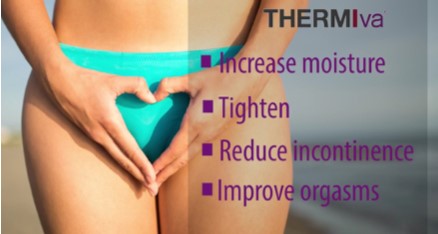
Breast Reconstruction
The staff is always very friendly and helpful. You feel as though they really care about you and want to help you.
Breast Reconstruction: Common Questions
Is it right for me?
Breast reconstruction is a highly individualized procedure that you should do for yourself only. If you are able to cope well with your diagnosis and treatment, do not have other medical conditions that might interfere with healing, and you have a positive outlook and realistic goals for restoring your breast and body image then breast reconstruction might be a good procedure for you.
Do I have breast reconstruction at the same time as my mastectomy?
Immediate breast reconstruction is an option in some situations, other times it is determined that the best line of treatment is to proceed with the mastectomy and then have reconstructive surgery at a later date. This will be a decision made by you and your team of physicians.
How will I choose which type of breast reconstruction I want to have?
At the consultation, your surgeon will evaluate your health history, medications you take, smoking history, physical condition of your breasts and body, potential risks and likely outcomes to determine the best choices of reconstruction. You will also be given information to help you choose the best procedure for your reconstruction.
Where will the breast reconstruction be performed?
You will have the procedure at the hospital if it is done at the same time as the mastectomy. This requires you to stay in the hospital at least one night, and longer depending on which procedure is best for you. With a delayed procedure, it could possibly be done in an outpatient surgical facility depending on the procedure you choose.
What are my choices for breast reconstruction?
Our physicians perform the following procedures:
A TRAM (transverse rectus abdominus myocutaneous) flap which uses muscle, fat, and skin from the abdomen which is transferred under the skin to reconstruct the breast.
A Latissimus Dorsi flap which uses muscle, fat, and skin from the back tunneled to the mastectomy site with blood supply intact.
A tissue expansion which involves a temporary implant to be gradually inflated over several weeks stretching the skin to provide a pocket for a breast implant.
A breast implant which creates a breast mound by placement of a saline or gel implant.
The final choice will be the creation of a nipple areolar complex followed by tattooing for more natural color.
What if my breasts are not symmetrical after breast reconstruction?
No one’s body is perfectly symmetrical. You may have surgery on the non-reconstructed side to help make your breasts as symmetrical as possible. This may require a breast lift, a breast reduction, or an implant. If you have insurance, it is a law at this time that surgery on the non-reconstructed breast for symmetry be covered.
What are the risks or complications?
The immediate risks are bleeding, infection, pain, delayed healing, skin loss, wound failure, and fluid collections. More long term risks include numbness, scaring, asymmetry, arm swelling, and need for additional surgery. With the expander/implant option there could be firmness, implant failure, extrusion, wrinkling, and immune response. With TRAM and latisimuss flaps, there could be fat necrosis and loss of flap. Risks specific to the TRAM flap are weakness in the abdominal wall and hernia.
Before and After pictures
Medical Pictures , must be 18 to proceed.








